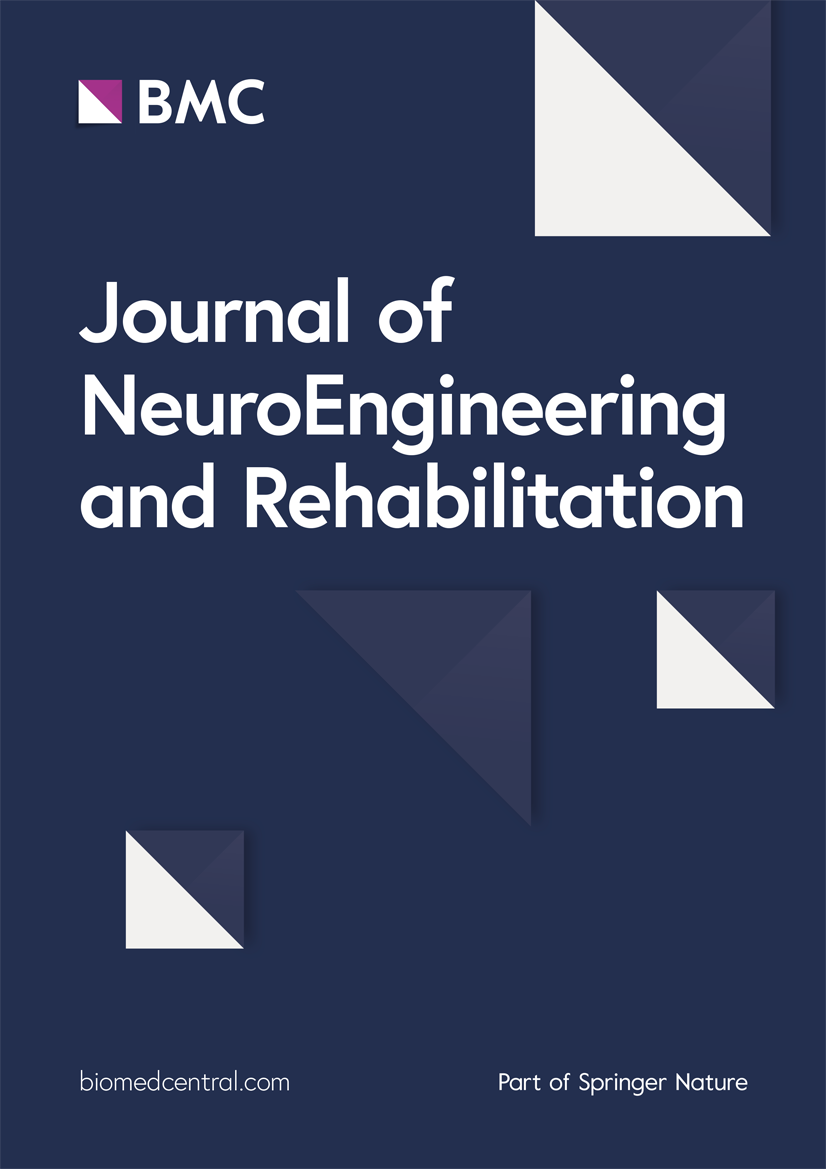Synergistic efficacy of repetitive peripheral magnetic stimulation on central intermittent theta burst stimulation for upper limb function in patients with stroke: a double-blinded, randomized controlled trial
We hypothesized that applying rPMS to the radial nerve might enhance the effectiveness of central iTBS over the primary motor cortex, leading to improvement in motor function, activities, and participation. This is the first randomized controlled trial investigating the synergistic efficacy of rPMS on central iTBS in treating upper limb dysfunction in patients with stroke.

Table 4. Descriptive and inferential statistics of secondary outcome measures.
Technology Overview
This study investigates a novel therapeutic approach for stroke rehabilitation, combining repetitive peripheral magnetic stimulation (rPMS) with central intermittent theta-burst stimulation (iTBS). The core technology lies in the synergistic application of these two neurostimulation techniques, aiming to enhance neural plasticity and motor recovery. By delivering magnetic pulses to both peripheral nerves and the central nervous system, this combined intervention seeks to optimize the therapeutic effects beyond what either technique might achieve individually.
Applications & Benefits
This study reveals a promising new avenue for stroke rehabilitation by demonstrating the synergistic efficacy of repetitive peripheral magnetic stimulation (rPMS) combined with central intermittent theta-burst stimulation (iTBS). The combined intervention significantly improves grasp function and increases patient participation in stroke recovery. This novel adjuvant therapy holds the potential to enhance stroke recovery outcomes and address a critical gap in current rehabilitation strategies. Ultimately, these findings pave the way for more effective and comprehensive treatment approaches, leading to better functional recovery and quality of life for stroke patients.
Abstract:
Background
Non-invasive techniques such as central intermittent theta burst stimulation (iTBS) and repetitive peripheral magnetic stimulation (rPMS) have shown promise in improving motor function for patients with stroke. However, the combined efficacy of rPMS and central iTBS has not been extensively studied. This randomized controlled trial aimed to investigate the synergistic effects of rPMS and central iTBS in patients with stroke.
Method
In this study, 28 stroke patients were randomly allocated to receive either 1200 pulses of real or sham rPMS on the radial nerve of the affected limb, followed by 1200 pulses of central iTBS on the ipsilesional hemisphere. The patients received the intervention for 10 sessions over two weeks. The primary outcome measures were the Fugl-Meyer Assessment-Upper Extremity (FMA-UE) and the Action Research Arm Test (ARAT). Secondary outcomes for activities and participation included the Functional Independence Measure-Selfcare (FIM-Selfcare) and the Stroke Impact Scale (SIS). The outcome measures were assessed before and after the intervention.
Results
Both groups showed significant improvement in FMA-UE and FIM-Selfcare after the intervention (p < 0.05). Only the rPMS + iTBS group had significant improvement in ARAT-Grasp and SIS-Strength and activity of daily living (p < 0.05). However, the change scores in all outcome measures did not differ between two groups.
Conclusions
Overall, the study’s findings suggest that rPMS may have a synergistic effect on central iTBS to improve grasp function and participation. In conclusion, these findings highlight the potential of rPMS as an adjuvant therapy for central iTBS in stroke rehabilitation. Further large-scale studies are needed to fully explore the synergistic effects of rPMS on central iTBS.
Trial registration
This trial was registered under ClinicalTrials.gov ID No.NCT04265365, retrospectively registered, on February 11, 2020.

Synergistic efficacy of repetitive peripheral magnetic stimulation on central intermittent theta burst stimulation for upper limb function in patients with stroke: a double-blinded, randomized controlled trial
Author:Chi-Shou Chang, Chia-Ling Chen, Rou-Shayn Chen, Hsieh-Ching Chen, Chung-Yao Chen, Chia-Ying Chung, Katie Pei-Hsuan Wu, Ching-Yi Wu, Keh-chung Lin
Year:2024
Source publication:Journal of NeuroEngineering and Rehabilitation volume 21, Article number 49, Apr 8, 2024
Subfield Highest percentage:99% Rehabilitation #2 / 165
https://jneuroengrehab.biomedcentral.com/articles/10.1186/s12984-024-01341-w